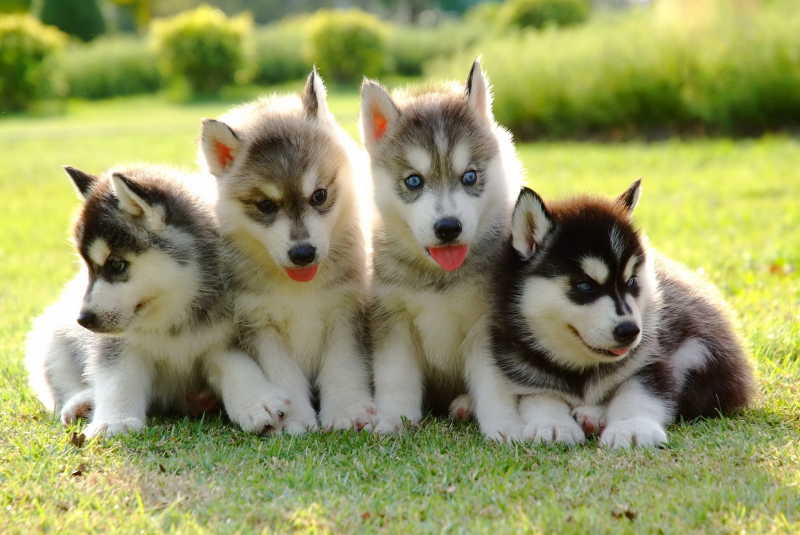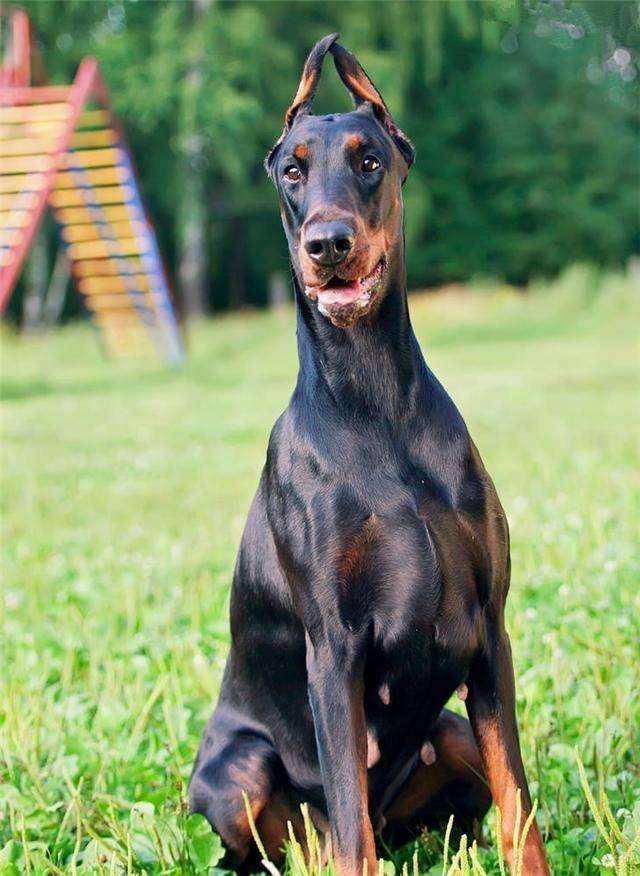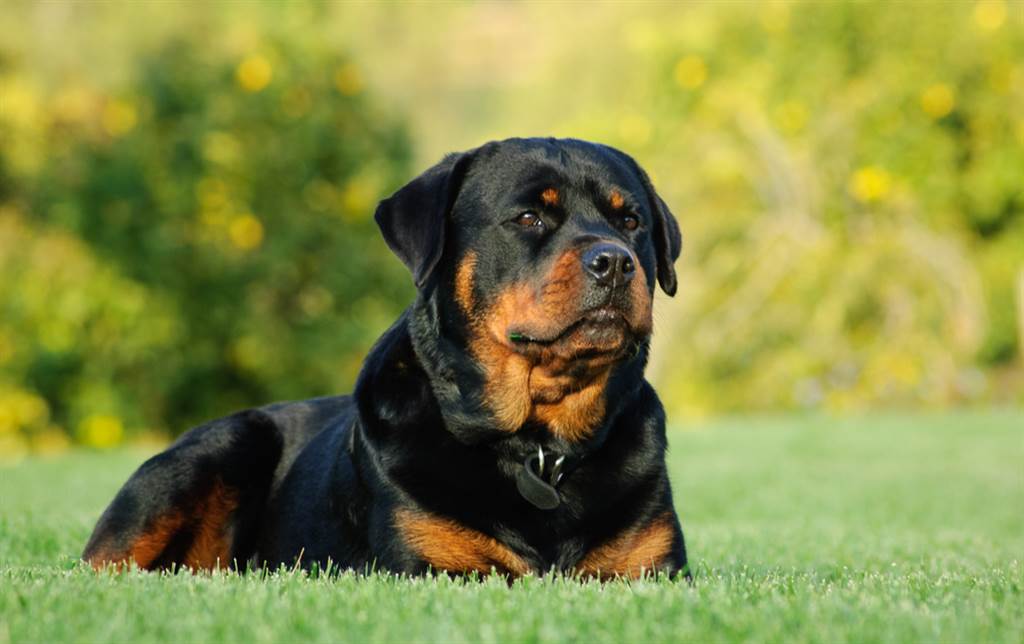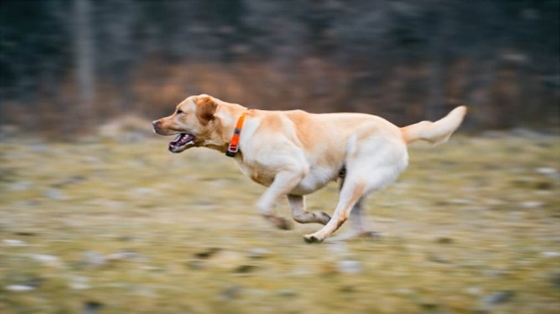Siberian Husky, also known as Husky, originated from the Siberian region and is classified in the Working Group by the AKC. It was traditionally bred and raised by the Inuit Chukchi people of Northeastern Siberia for tasks such as pulling sleds, herding reindeer, and guarding. In the early 20th century, Siberian Huskies were brought to the United States by fur traders and later gained worldwide fame as champions in sled-dog racing. Today, they are commonly used as companion dogs and family pets.

Taxonomy:
- Latin Name: Siberian Huskiy
- Common Name: Husky
- Kingdom: Animalia
- Phylum: Chordata
- Subphylum: Vertebrata
- Class: Mammalia
- Subclass: Theria
- Order: Carnivora
- Family: Canidae
- Subfamily: Caninae
- Genus: Canis
- Species: lupus
- Subspecies: familiaris
Distribution and Origin:
- Distribution: Northeastern Siberia
- Original Purpose: Sled dog
- Current Uses: Companion dog, sled racing dog
- Size: Medium
Morphological Features: Siberian Huskies have distinctive features, being an ancient and primitive breed used for sledding. They have a thick double coat with various color patterns, commonly black and white, gray and white, copper-red and white, or pure white. Facial masks, goggles, and markings are also common. Their eyes can be brown, light brown, or blue, often with bi-eyed or parti-eyed variations. Ears are triangular, erect, and moderately sized, while the tail is bushy and carried in a sickle shape. The coat consists of a dense undercoat and longer, coarser guard hairs. They shed their undercoat once a year.
Behavioral Traits: Siberian Huskies exhibit unique personality traits:
- Nervousness: They can be somewhat nervous, especially females.
- Destructive Behavior: Known for being destructive, they thoroughly inspect items for their hardness.
- Independence: Huskies are highly independent and may ignore commands, especially outdoors.
- High Energy: They are energetic, playful, and may require regular exercise and mental stimulation.
- Affectionate: Despite independence, they can be affectionate and loyal to their owners.
- Limited Barking: Huskies rarely bark but may howl, maintaining a wolf-like appearance.
- Intelligence: They are curious, intelligent dogs traditionally used for sledding and direction guidance.
Care and Maintenance: Taking care of Siberian Huskies involves:
- Regular exercise to maintain their well-being.
- Providing proper nutrition, with attention to their sensitive stomachs.
- Variability in walking routes to prevent boredom.
- Caution against exposing them to air conditioning excessively.
- Annual vaccinations and periodic deworming.
- Monitoring during the heat cycle in females, considering spaying if not breeding.
Feeding Guidelines: When feeding Siberian Huskies:
- For puppies, use suitable puppy food and consider additional calcium for bone development.
- Transition to adult dog food after weaning.
- Avoid human food, especially onions, garlic, shrimp, and certain pickled items.
- Introduce vegetables and fruits for a balanced diet.
- Never feed raw meat to avoid health risks.
- Choose high-quality dog food, and consider supplements if needed.




